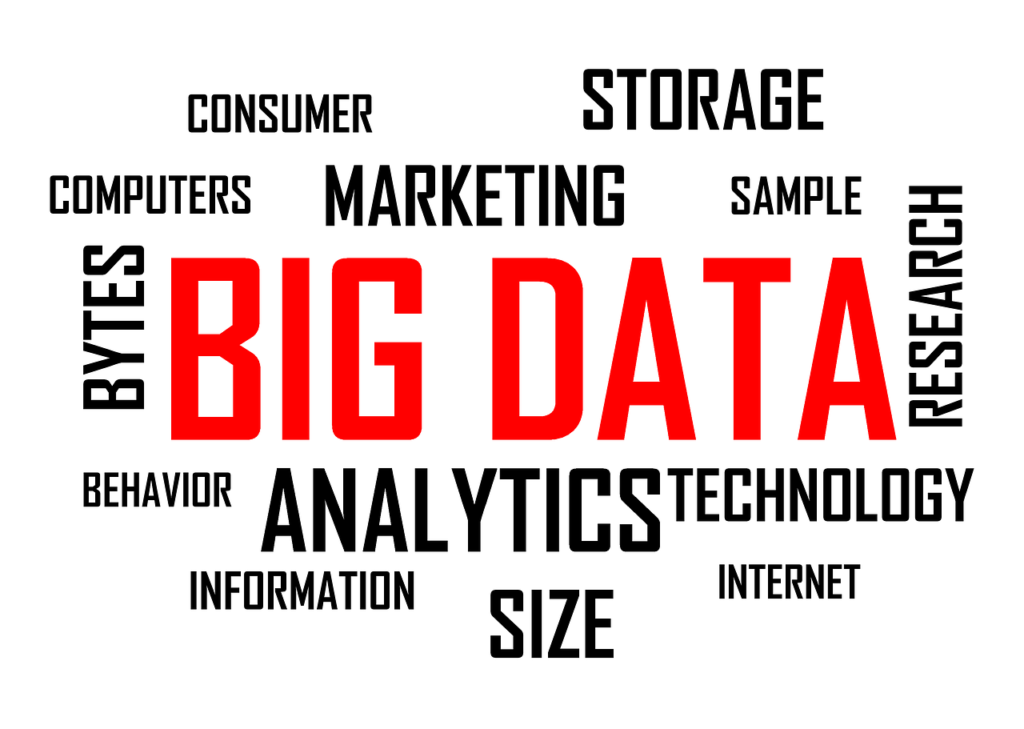In the transition from medieval times to the age of reason and enlightenment, French had progressed to a key language of commerce and diplomacy throughout Europe by the 17th Century. Far earlier, according to the roots of western civilization and thought, Latin also unified and codified thought and understanding.

A Lingua Franca provides a bridge for communication and often requires some interplay between two or more native, or vernacular, languages. In the past 200 years, propagated by the ages of sail, industrialization, and information, English has enjoyed a rising position as an International Language of commerce, science, diplomacy, mass media, and digitalization.
Global Understandings Drive Societal Change
Invariably, societal changes, often driven by innovations in science, engineering, and communication, cause shifts in which languages act as “carriers” of change. In turn, communities and societies, with an interest in exchange, find the need to transact in new bridge languages. In this bridging, the diffusion of innovation commonly brings unanticipated consequences, and the surprises inherent in both accidents and essences, inherent in these exchanges.
English as a Lingua Franca
To return to the subject of lingua franca, it is common that the proliferation of innovation and structural change – the onset of the ages of reason and enlightenment, the onset of industrialization, the onset of the information age – forces new means of comprehension and understanding such that bridge languages become necessary. Despite Mandarin and Spanish far surpassing English as a native tongue, many around the world have adopted English as a lingua franca both out of necessity and also due to information and communication technologies making English a part of the backdrop of daily life.
The Birth of Computer Programming Code Language
Many of the earliest innovations in computing and information technology, often arising from scientific and academic endeavors, were communicated in English and, enshrined in computer programming code, proliferated in the ligatures of Western alphabets, concepts, and communication.

If information and communication technologies have defined the 21st Century, then the growing imperative to embrace these technologies is no longer a matter of choice, it is a matter of necessity. As a consequence and byproduct of the growth in the ubiquity and pervasiveness of computing in daily life, it has become a fact that Big Data surrounds commercial and social life. This development has given rise to a new lingua franca: not with other cultures and people, but with the very machines of our innovation. The volume, velocity, and variety of data produced by basic daily activity in a harness of computing create a growing reliance on computing as indispensable in sustaining innovation within normative operations.
21st Century Lingua Franca Evolution
In the past decade, a common response to the 21st Century reality of the impact and proliferation of computing has been to suggest that we are, collectively, underprepared to engage the challenges and opportunities of computing. Public-private partnerships envisioned an answer that the K-12 system rapidly adopt computer science education. However, if a lingua franca is a bridge, then an assumption that we all learn to code and become computer scientists misses the point: increased computing knowledge is an enabler and catalyst of innovation throughout the domains of business, art, communication, and all aspects of daily life.
The imperative to “learn to code” isn’t actually that we should all become computer scientists, but rather learn to communicate with the tools of our own making. For example, artificial intelligence, machine learning, information and communication technologies, and vast networks of interconnected information services – to further craft and ideation across the spectrum of human endeavor.
Business Schools Utilize Lingua Franca Principles
From a business education perspective, this argument can be understood in terms of the “digital readiness” of business graduates from our institutions of higher learning. In response, several key actors, including AACSB International, have partnered in the Management Curriculum for the Digital Era alliance to explore these very issues.

Whilst I do not believe that we will all suddenly learn how to code, the varying degrees to which business students may wield a direct “conversation” with the “materials of digital design” is no longer an edge case or the strict purview of direct specialized degrees in business computing. Rather, while each specialization is important, all must engage directly in the languages of computing in much the same manner that has been the French, English, and other lingua francas.
As a mainstream competency that is imperative for success, to learn to code and otherwise embrace the languages of computing is no longer a fringe concern. To command and control the tooling of computing is to forge ahead in your own domain and discipline.
Dr. Jeffry Babb
Gensler Professor of Computer Information Systems


